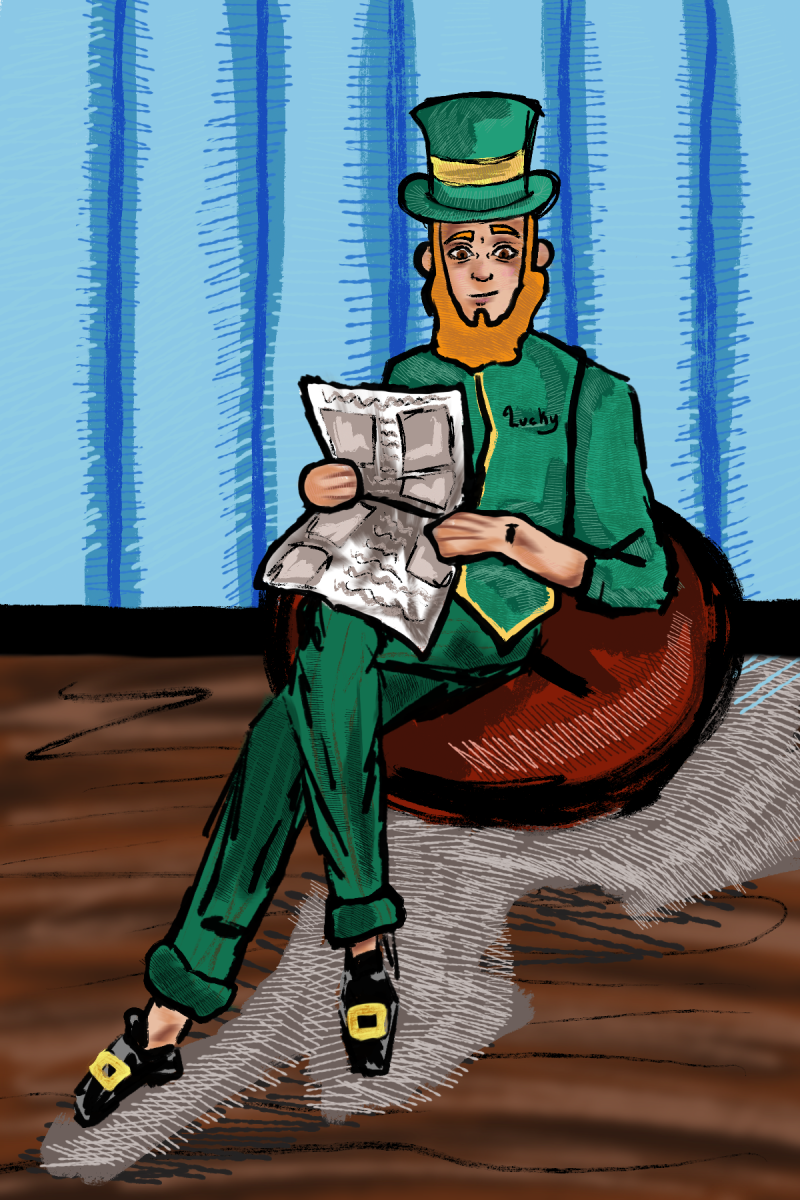Psychology and Seasons
March 27, 2023
We all know that in various seasons of the year, we feel different, whether in our mood, health, or motivation! I was interested in researching the psychology behind the changes in the seasons to see if there is any science to correlate different seasons to different moods or if it just happened to be a coincidence. There is an official term for this, and it’s called Seasonal affective disorder (SAD), but more commonly known as seasonal depression or the “winter blues”.
SAD is linked with a biochemical imbalance in the brain, which is caused by shorter daylight and less hours of sunlight in the winter. When the seasons change, there is a shift in people’s circadian rhythm which can cause a feeling of being out of step from your normal daily routine. Research indicates that there may be reduced activity of the brain neurotransmitter, serotonin, which is known to help regulate mood. It was also found through research that sunlight controls the molecules that help maintain serotonin levels, and those with SAD have levels that do not work properly, leading to a decrease in serotonin levels overall. SAD is more common in people farther from the equator, who receive even less sunlight in the winter than normal. For example, someone in Florida could experience SAD symptoms, but they are less likely to experience them compared to someone who lives in New England or Alaska. Seasonal depression is also more common in people that experience bipolar disorder or people who experience recurrent hypomanic episodes. Around 5% of American adults experience SAD symptoms, and it is more common for women to experience them compared to men. It is also more common to experience “the winter blues” from the ages of 18-30, but the symptoms could start or end at any age. Although it is most common to experience these symptoms of depression in the late fall/winter, you can also experience these symptoms in the summer which is less common, but called summer-pattern SAD.
Many adults may feel differently in the various seasons, but they might not be able to diagnose themselves. To be diagnosed with SAD, you can talk to your doctor or a health care provider to talk more in depth about concerns of their diagnosis. To be officially diagnosed with SAD, you must have symptoms of major depression and they must occur during specific seasons for at least 2 consecutive years, and the depressive episodes must be more frequent than they would be during other times of the year. Some general symptoms of SAD are feeling sad, loss of interest in activities that excited you before, changes in appetite and sleep patterns, loss of energy and increased fatigue, increases in purposeless physical activity (inability to sit still, pacing, wringing your hands, fidgeting, etc.). Similar to depression, these symptoms can range from mild to severe.
If you do find yourself feeling like this, many studies have proven that this disorder can be effectively treated over time. One effective treatment method is light therapy. Light therapy consists of sitting in front of a light therapy box that emits a very bright light (filtering out the harmful UV rays). The light therapy aims to make up for the lack of natural sunlight with a healthier alternative. Another treatment for this disorder is talk therapy, particularly cognitive behavioral therapy (CBT). CBT helps people cope with significant things happening in their lives. An adaptation of CBT, called CBT-SAD, encourages people to focus on negative thoughts and replace them with positive ones.
As always, it is important to reach out to people that you love and trust to make sure that they are okay. Check in on yourself as well. Mental health is just as important as physical health!
Sources:
Seasonal-affective-disorder




















